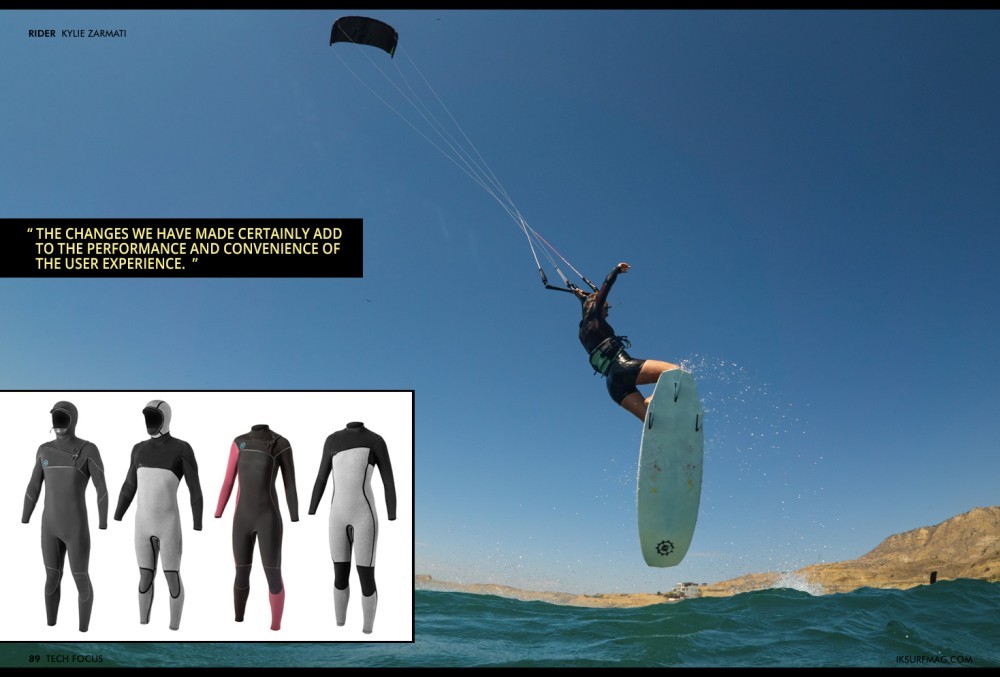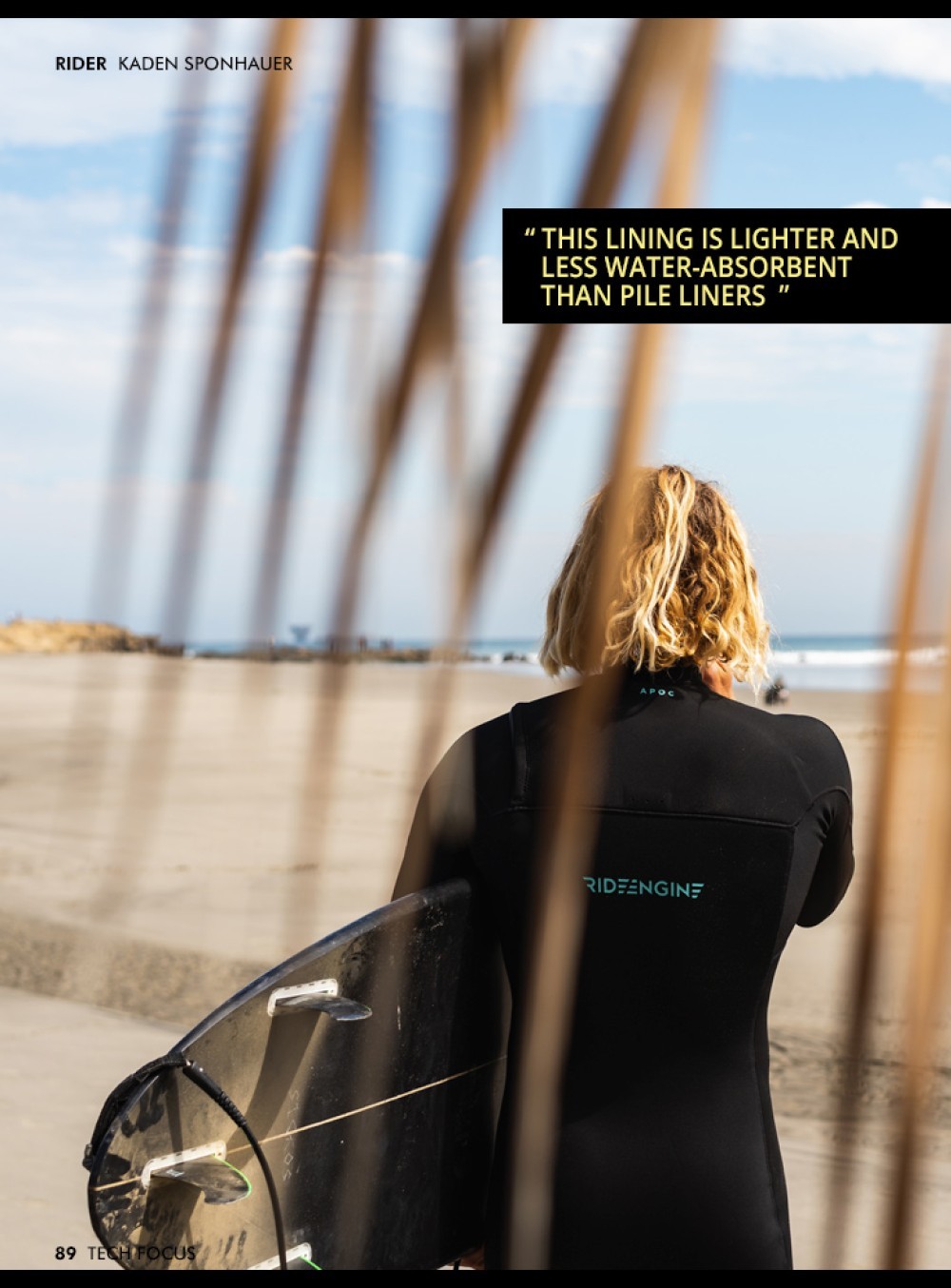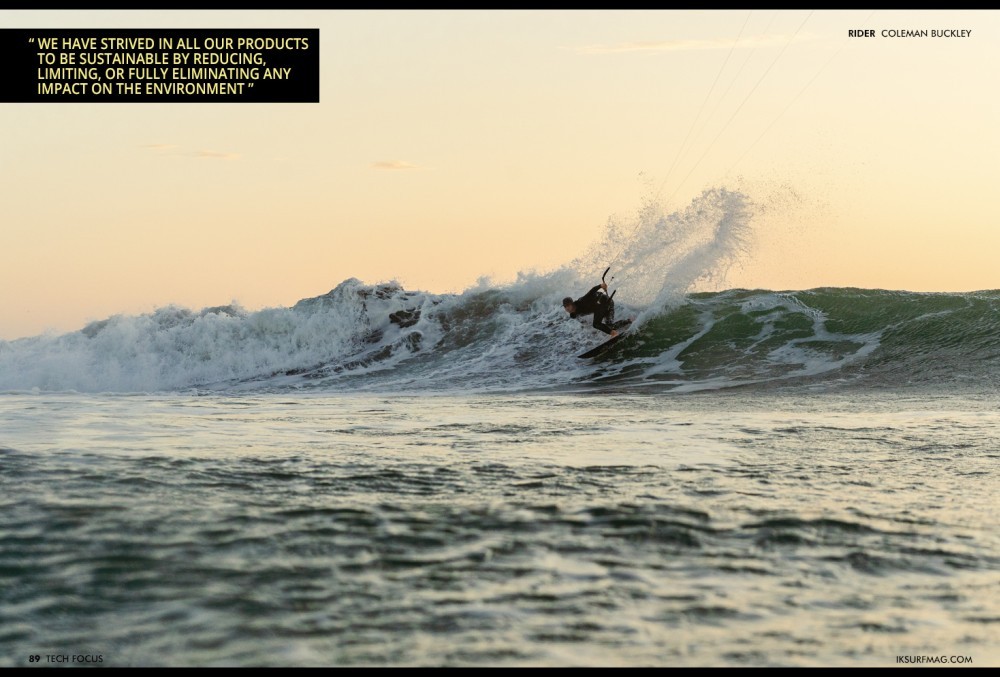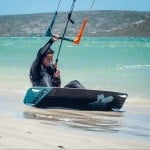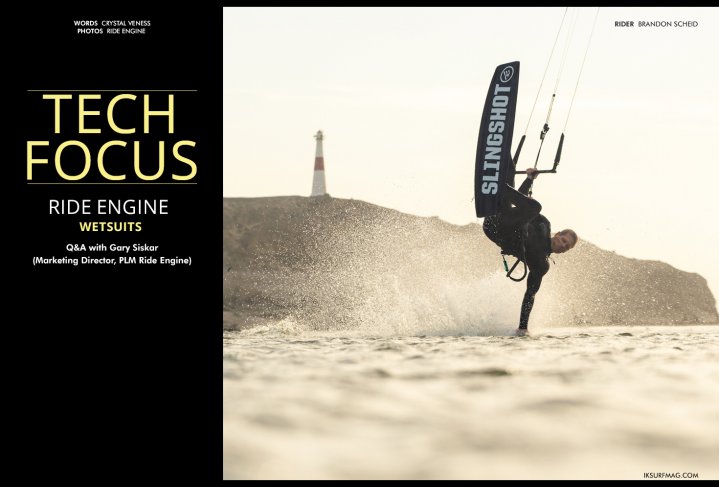
Tech Focus: Ride Engine Wetsuits
Issue 89 / Tue 5th Oct, 2021
Ride Engine’s premium range of wetsuits has received an upgrade, and we’re checking in with Gary Siskar to find out all about the new APOC and ELARA lines!
Hi Gary! For those familiar with earlier Ride Engine versions of APOC, ELARA, and LUNA wetsuits, what are the most significant upgrades in the latest models?
First off, I want to thank all the people that have owned a Ride Engine wetsuit! Hopefully, the suits have served you well, and we have made Ride Engine lovers of out you!
From the start, the wetsuits that we designed were all about achieving the most premium quality and highest performance wetsuit you can get. We only have one level of suit that we produce, and that is the best in class available. Considering this, there were not many sweeping changes or upgrades to be made from the prior season suits, yet the changes we have made certainly add to the performance and convenience of the user experience.
Tell us a bit more about the key features of these wetsuits!
As both the APOC and ELARA suits are front entry, this is where we started to look at potential improvements. All front entry suits have a tendency to “flush” - when water infiltrates the suit from the closure point. We changed our entry to eliminate flushing by bringing the internal opening gusset higher and closing off the shoulder entry by a small margin.
These improvements did not impact the ease of getting in or out of the suit at all, but they did eliminate flushing. In addition, we placed the zipper closure pull on the teeth. This makes zipping the suit easier by eliminating the need to put the zip on the teeth to close the suit. Inside the suit, we have changed to a new thermal liner called Thermal Lock Fleece. This lining is lighter and less water-absorbent than pile liners while providing the same retention of heat, drying faster, and overall reducing the suit’s weight when dry and wet.
Solid seams are a make or break when it comes to kiting in cool water. Nobody likes a leaky wetsuit! How do Ride Engine suits keep water out and make those perfect sessions last?
We have spent a significant amount of time developing our seaming patterns and construction. Seams, after all, are what keep the entire suit together. Patterns and the seaming plan are important to ensure that you don’t have seams crossing any area that might create comfort issues, and we make sure that none of the seams falls in any area that would take any form of stress.
All the cold-water full suits are glued and blind stitched, creating a strong and waterproof connection of the neoprene panels. Then, we apply a Power Seam coating made of highly elastic liquid rubber on the outside of the seam to ensure long-lasting durability against water intrusion.
These wetsuits are built with the same premium materials and construction, with the APOC tailored for the male physique and the ELARA and LUNA designed for the female body. How does Ride Engine achieve the perfect fit in the design process?
We go through a very complex pattern process along with a lot of fittings on many body types. Another factor that impacts fit is the type of neoprene used along with the construction process when it comes to seams. We eliminated seams in this generation of suits, which makes the suits stretch more, creating a better fit. Match fewer seams with our limestone-based neoprene that is ultra-elastic, and you get a very good fitting wetsuit!
Environmentally conscious production has been a major focus for Ride Engine from the very beginning. What are some of the materials and methods that you use to achieve sustainability?
We believe that all watersports equipment manufactures have the responsibility to protect our natural environment that we have fun in. Since day one, we have strived in all our products to be sustainable by reducing, limiting, or fully eliminating any impact on the environment that the manufacturing process or materials may have.
We also view the lifespan of a product as important in this equation. Our wetsuits are made from the highest quality S-foam neoprene that uses earth mined limestone to replace petrochemicals found in other neoprene. Solvent-free lamination of the neoprene material liners eliminates all harmful Volatile Organic Compounds. We don’t use any hydrophobic coatings or laminations on the suits making the suits 100% C-Free. And lastly, our suits are produced in a Fair Trade certified factory.
Is there anything else you’re stoked to share about the new wetsuits?!
We know that when you try our wetsuits, you will be stoked. The countless hours poured into the design and engineering along with intensive testing across the world in every condition created wetsuits that will keep you warmer and, on the water, longer.
Videos
By Crystal Veness
Editor at IKSURFMAG, Crystal Veness hails from Canada but is based in South Africa. When she isn't busy kitesurfing or reporting on the latest industry news for the mag, she is kicking back somewhere at a windy kite beach or working on creative media projects.




